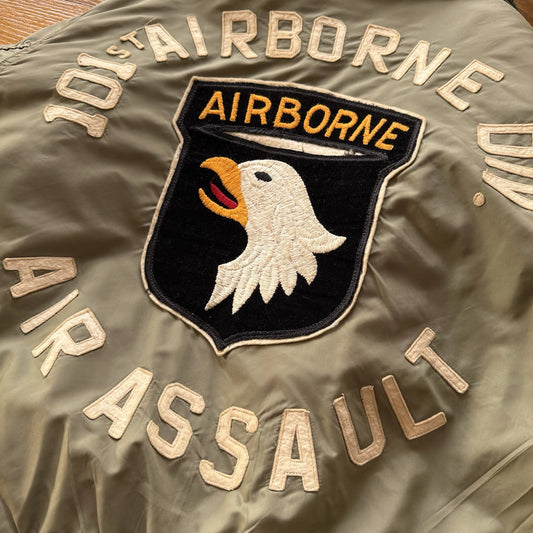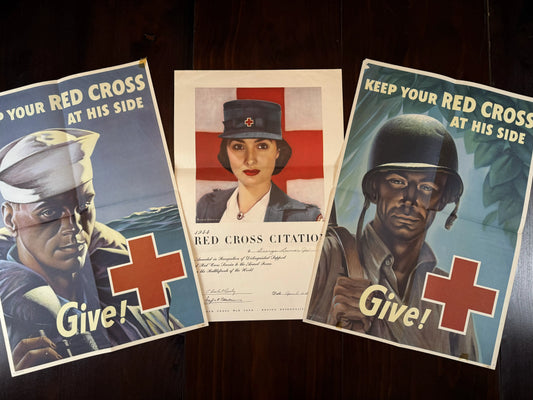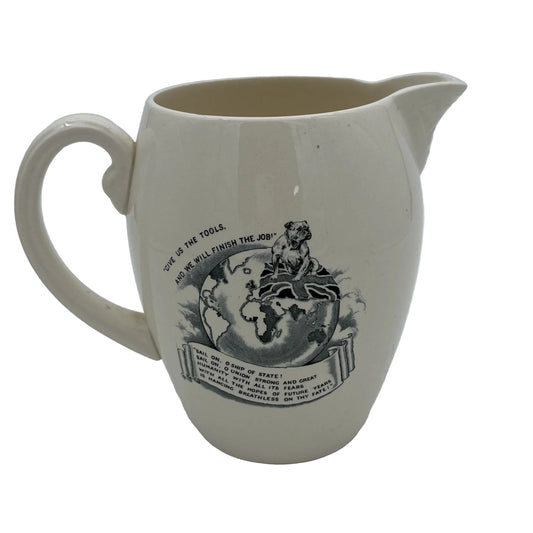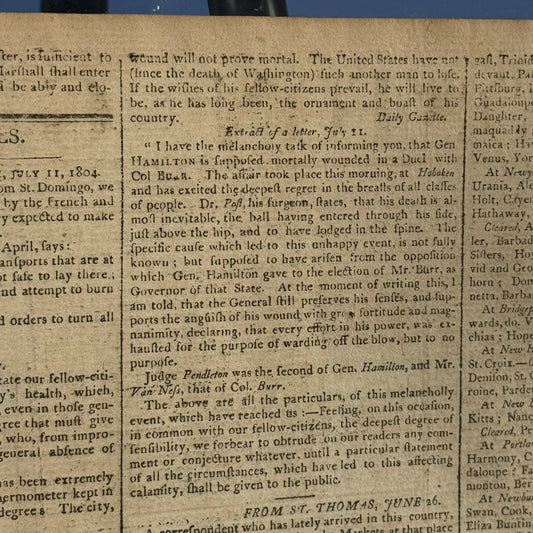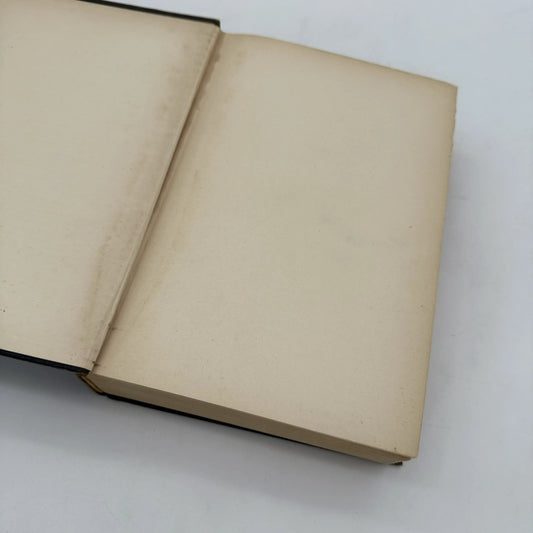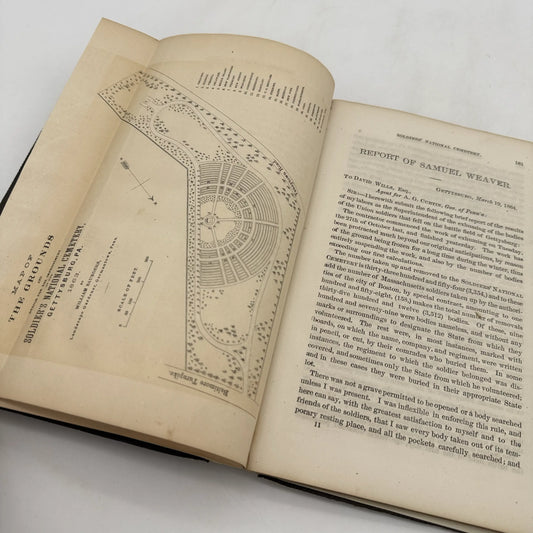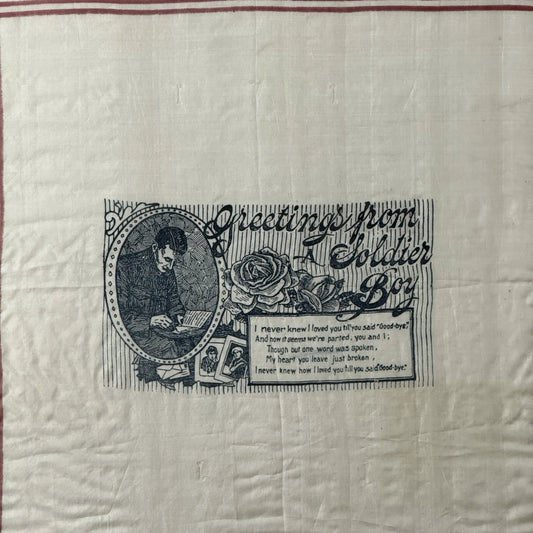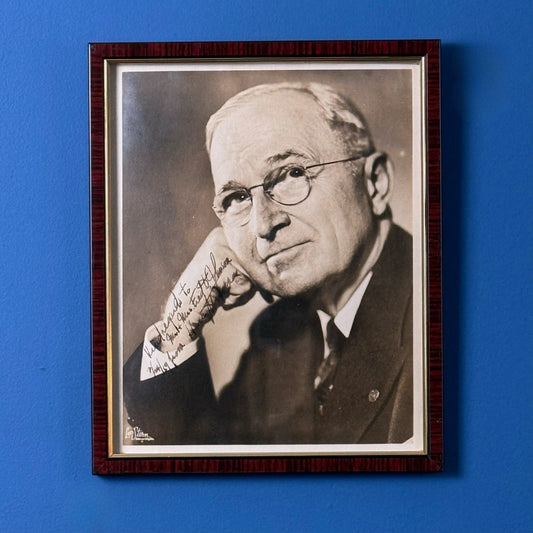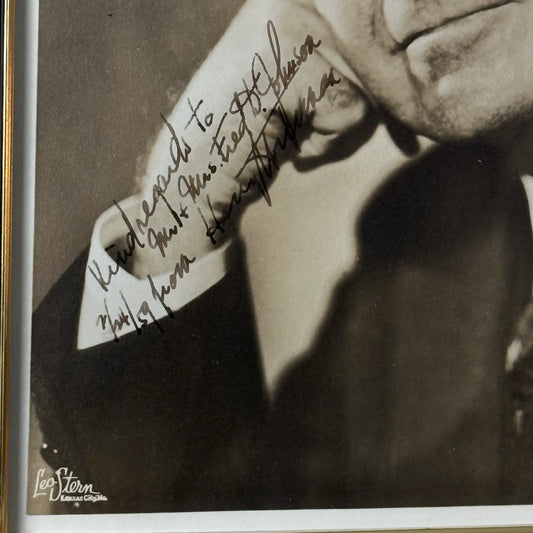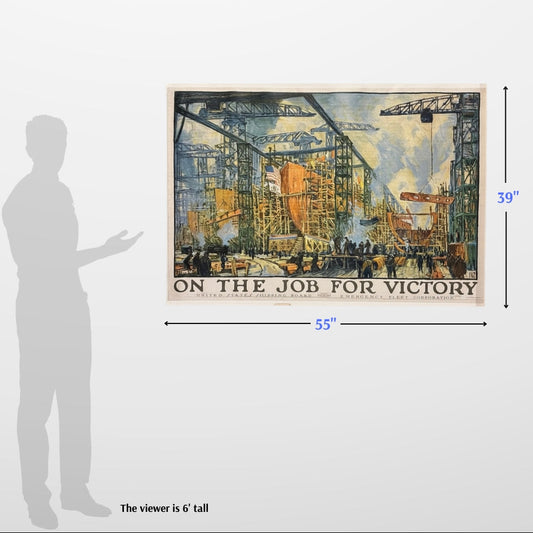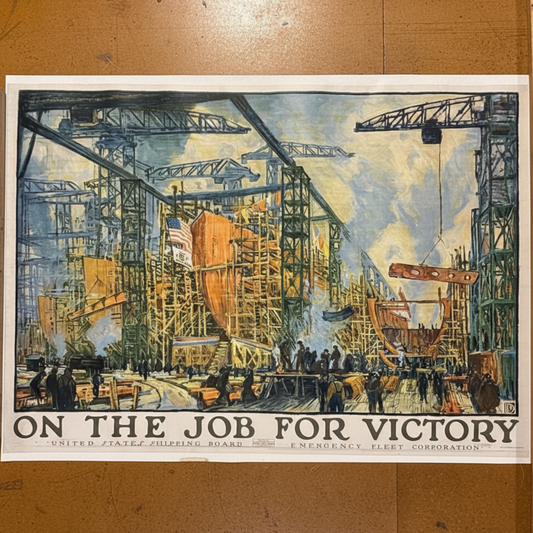Roosevelt Bronze — “Fighting for the right” — 1920
Roosevelt Bronze — “Fighting for the right” — 1920
Updated at 10:30 on Eastern on December 1: This has been sold.
We're looking forward to sharing next week's Rare Find with you. Sign up for the weekly e-mail notification that goes out Thursday nights at 9 pm on our Rare Finds page.
— Lee Wright | Founder
Only one.
Portrait of Roosevelt as he lived life, intent, determined, moving forward and ready to take on all comers.
Below it, these words: “Aggressive fighting for the right is the greatest sport the world affords”
The plaque is heavy. Made of “medallium,” a type of bronze alloy of copper and tin, it weighs nearly 7 pounds.
As you see in the photos, it has a wonderful patina and is in excellent condition.
It was sculpted by James Earle Fraser. His most famous work is “End of the Trail,” a sculpture you have surely seen but may not know the name of. He also sculpted the World War I Victory Medal, the Navy Cross, and the Indian Head (Buffalo) nickel.
Size: 10 x 11¾ in.
Special shipping charge: $15
About the artist
James Earle Fraser, born in Minnesota in 1876, brought a unique perspective to his art, influenced by frontier life and exposure to Native American experiences. He studied at the École de Beaux Arts in Paris, among other prestigious schools, and became a prominent sculptor.
Fraser's work includes notable sculptures and design contributions, including the World War I Victory Medal, the Navy Cross, and the iconic Indian Head (Buffalo) nickel. He is perhaps best known for his sculpture "End of the Trail."
Historical background
Since 1886, the U.S. Senate has commissioned busts of former vice presidents for display in the Senate wing of the Capitol. In 1906, Fraser, working on a bust of Roosevelt, traveled to Washington to meticulously measure the president's head.
Fraser crafted a bust of Roosevelt in his Rough Rider uniform, but the Senate wanted a more dignified portrayal. The plaque we are offering is Fraser's second, created 1920.
The quote from Roosevelt dates to July 14, 1895, as reported by Edward Cary in the New York Times in his article, "Theodore Roosevelt: A Character Study.”
“In animated talk, which is to say always in talking, his white teeth gleam like the combing surf above a reef—force, determination, eagerness to grapple an antagonist, all the flashing vitality of the man seems concentrated there. But with these there is the buoyant, pervading rightness of his nature, which is sound and obvious.
"You have the certainty that he takes a very serious view of life, its opportunities, its obligations; but not a gloomy one; narrow, sometimes, but not selfish; pure, but not puritan, and that fighting—hard constant, aggressive fighting for the right—is the greatest sport the world affords. . . . A man with such qualities, and such teeth, is, in the happy speech of his beloved West, ‘safe to tie to and to bet on.’”
Source: Seth Kaller, Inc.
Made by America
Made by America
Almost all of the new products we offer are designed by us and made in America and most of our Rare Finds were made in America.
Our original designs are based on our nation’s history and our love of American history. Read more about other things we've created, including The History List, History Camp, and The Pursuit of History, in addition to The History List Store.
Every product that is made in America states that in the product description and includes the "Made in U.S.A." graphic.
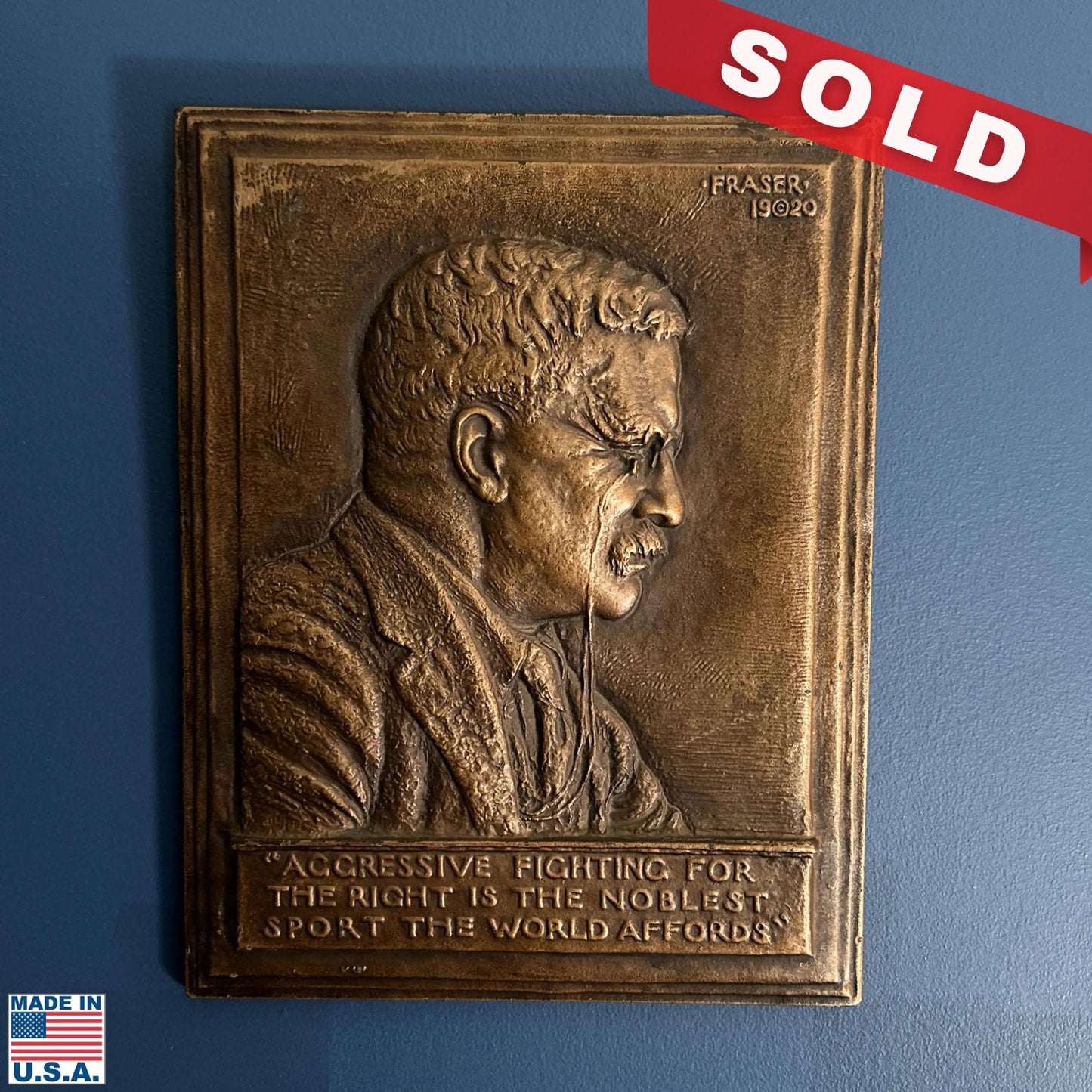
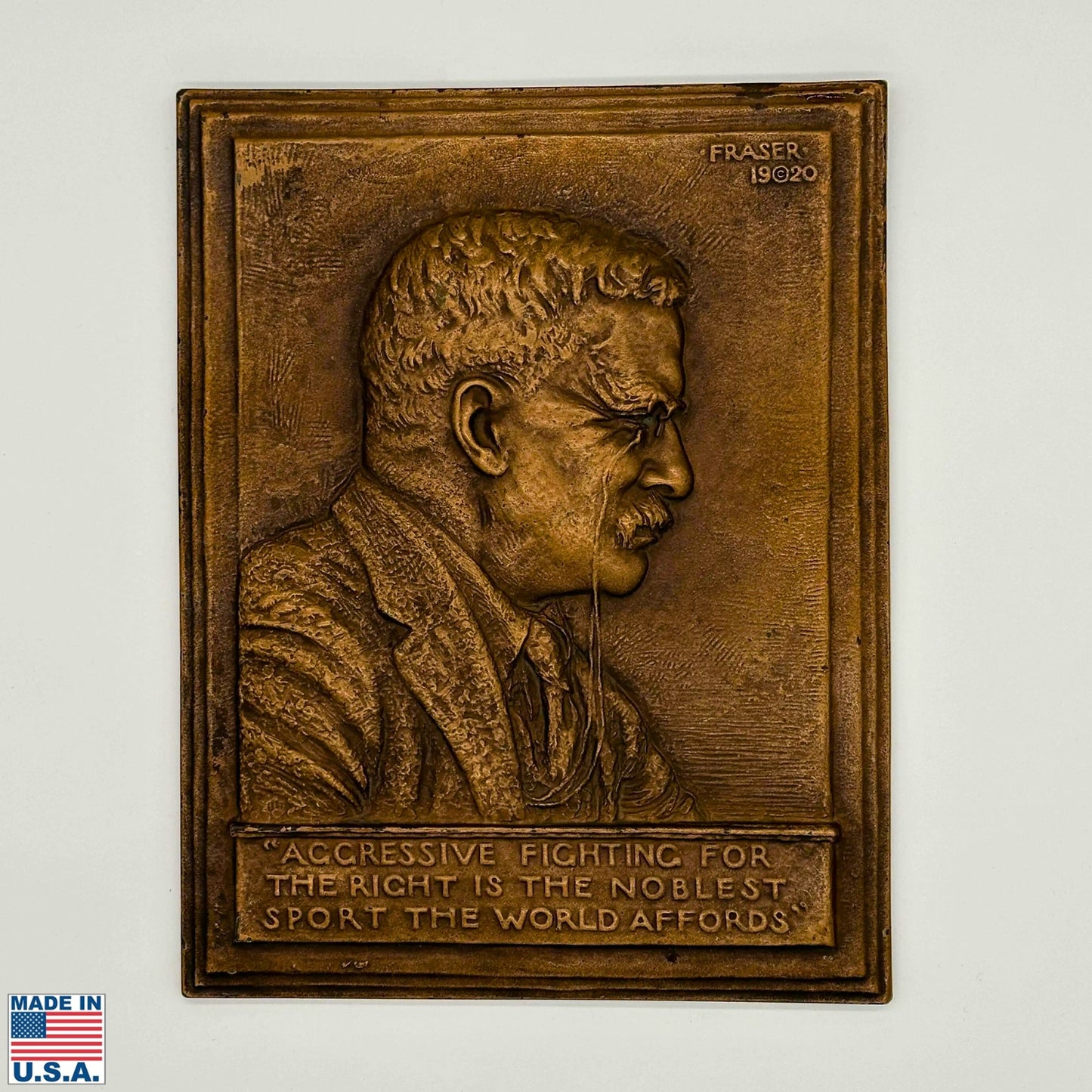
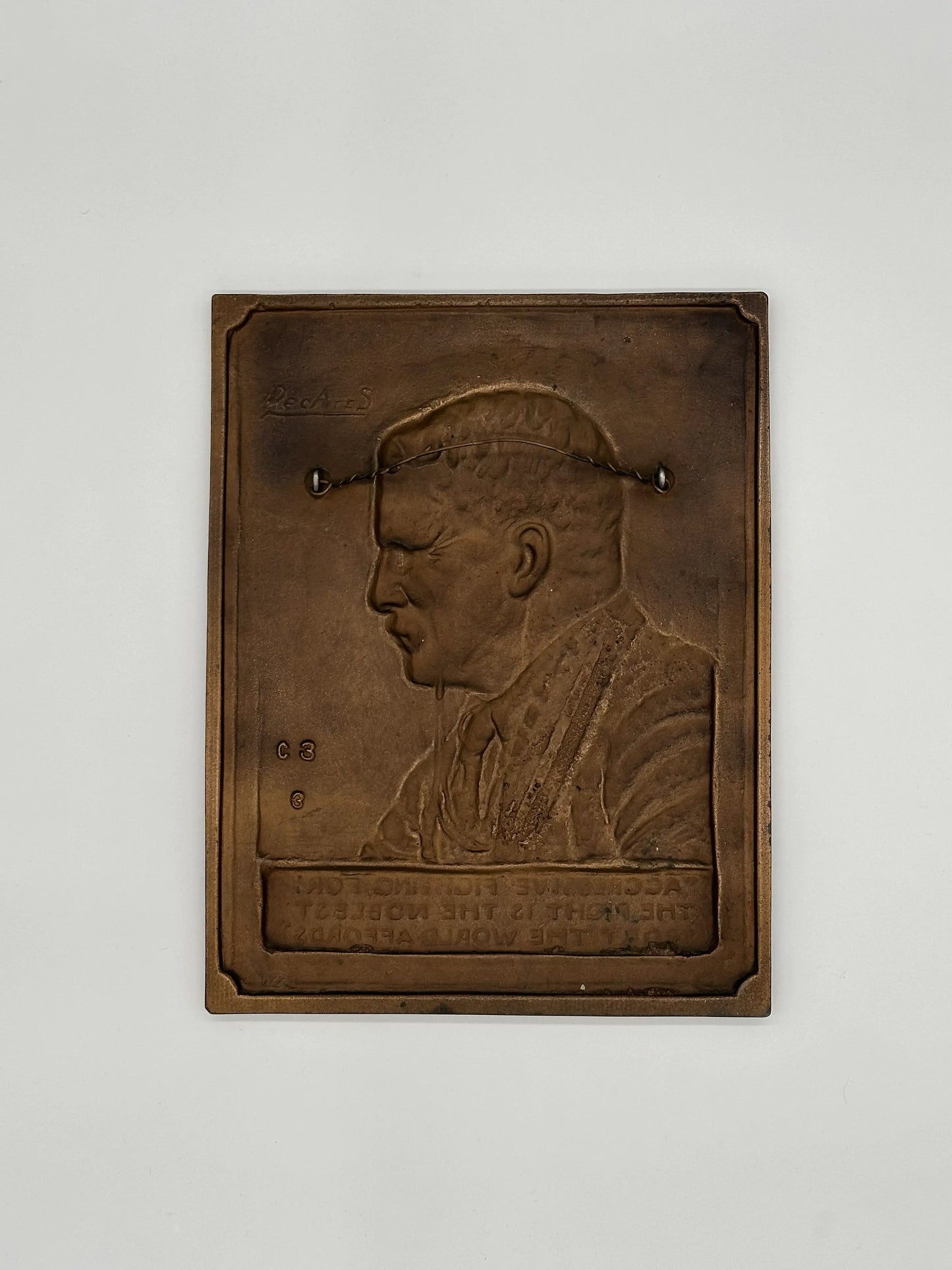
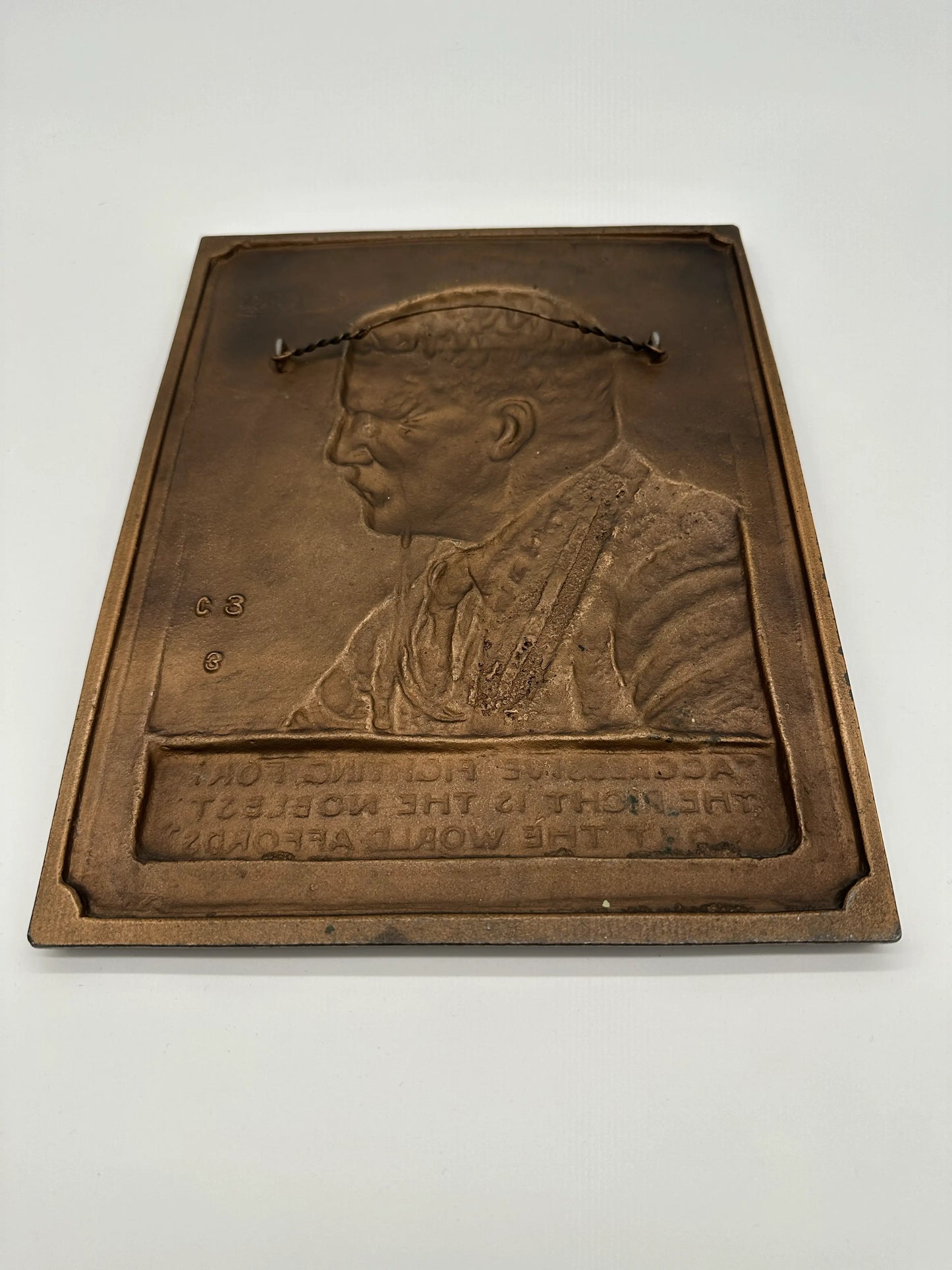
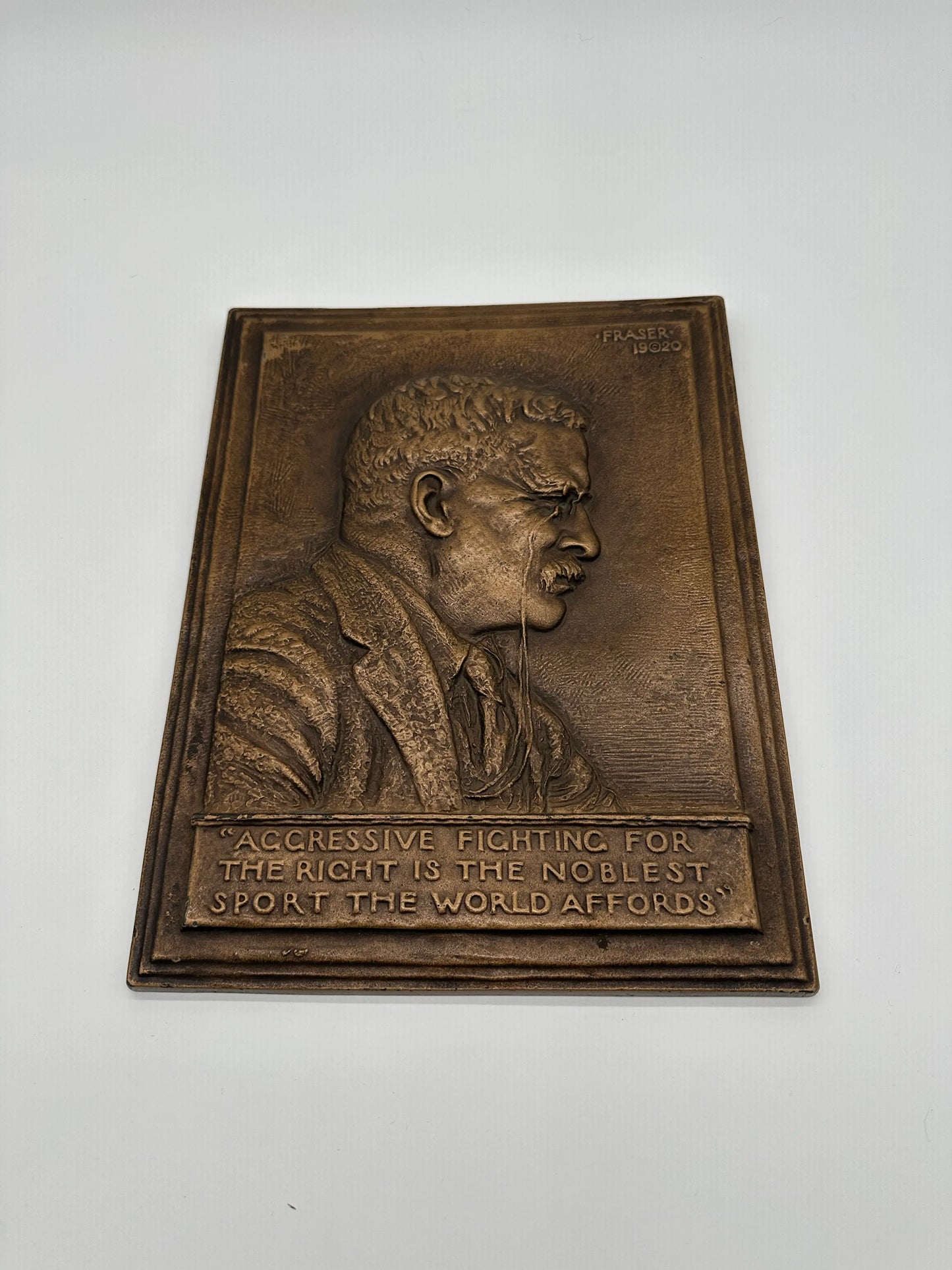
New in Rare Finds this week
-
WWII Red Cross Posters
"yes"
Sold out -
Sold out







